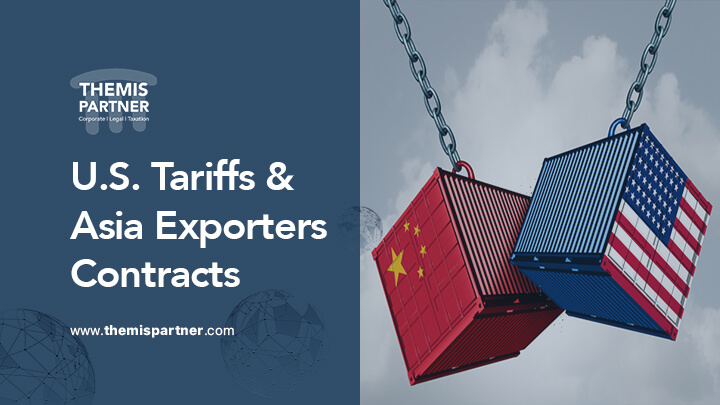India has made significant progress in recent years in terms of economic growth, trade liberalization, and foreign investment. The country has implemented several economic reforms aimed at improving the ease of doing business, attracting foreign investment, and boosting economic growth. Additionally, India has a young and growing workforce, a large domestic market, and a rapidly expanding middle class, all of which are factors that make it an attractive destination for investment.
India’s potential as an emerging market is undeniable, and it is expected to continue to grow and develop in the coming years.
Vietnam has a population of over 97 million people, making it the 15th most populous country in the world. The country has undergone significant economic reforms since the 1980s, transitioning from a centrally planned economy to a market-oriented one.
Vietnam’s economy has grown rapidly in recent years, with an average annual GDP growth rate of around 6-7% over the last decade. The country’s economy is driven by exports of textiles, electronics, and agricultural products, as well as a growing manufacturing sector.
Vietnam has implemented several measures to attract foreign investment, including reducing restrictions on foreign ownership of businesses and simplifying the investment approval process. Additionally, the country has invested heavily in infrastructure development, including new highways, ports, and airports, which is expected to further boost the country’s economic growth.
The country has a population of over 110 million people, making it the 13th most populous country in the world. The Philippines has undergone significant economic reforms in recent years, with the government implementing measures to reduce poverty and attract foreign investment.
The Philippines’ economy has grown steadily in recent years, with an average annual GDP growth rate of around 6% over the last decade. The country’s economy is driven by exports of electronics, garments, and agricultural products, as well as a growing business process outsourcing (BPO) industry.
The government has implemented several measures to attract foreign investment, including streamlining the process for setting up a business and offering tax incentives to foreign investors. Additionally, the country has invested heavily in infrastructure development, including new airports, seaports, and highways.
Indonesia is the fourth most populous country in the world and has the largest economy in Southeast Asia. The country has a diverse economy that is driven by exports of natural resources such as coal, palm oil, and minerals, as well as a growing manufacturing sector.
Indonesia has made significant progress in recent years in terms of economic growth, political stability, and financial reforms. The country has implemented several measures to attract foreign investment, including simplifying the business registration process and offering tax incentives to foreign investors. Additionally, the government has invested heavily in infrastructure development, which is expected to further boost the country’s economic growth.
Entering Asia’s markets can be a lucrative opportunity for businesses, but it’s important to understand the unique culture and consumer behavior of the region. Here are some key considerations to keep in mind:
1. Cultural norms: Each country in Asia has its own unique cultural norms and values that can greatly impact consumer behavior. For example, in Japan, gift-giving is an important part of business culture, while in China, the number eight is considered lucky and can influence purchasing decisions.
2. Language: Language is a crucial factor in Asia, as many countries have their own official languages. Investing in translation and localization services can help businesses effectively communicate with their target audience.
3. Social media: Social media is a dominant force in Asia, with platforms such as WeChat and Line having large user bases. Businesses that leverage social media for marketing and communication can gain a competitive advantage.
4. Shopping behavior: Shopping behavior in Asia can also differ greatly from Western countries. For example, in South Korea, consumers often research products extensively before making a purchase, while in India, consumers may prefer to haggle over prices.
5. Relationship building: Building strong relationships with local partners and customers is crucial for success in Asia. Cultivating trust and building rapport can take time, but it can lead to long-term business relationships and increased success in the region.
By understanding the unique culture and consumer behavior of Asia, businesses can better tailor their products, services, and marketing strategies to meet the needs and expectations of their target audience.









